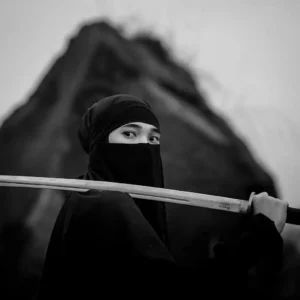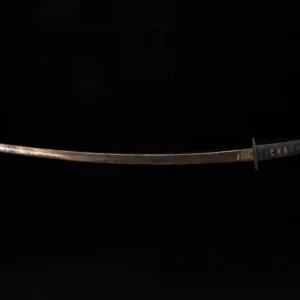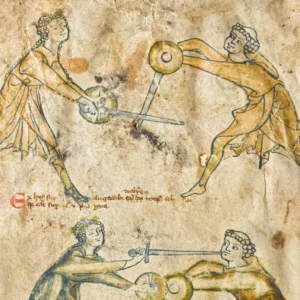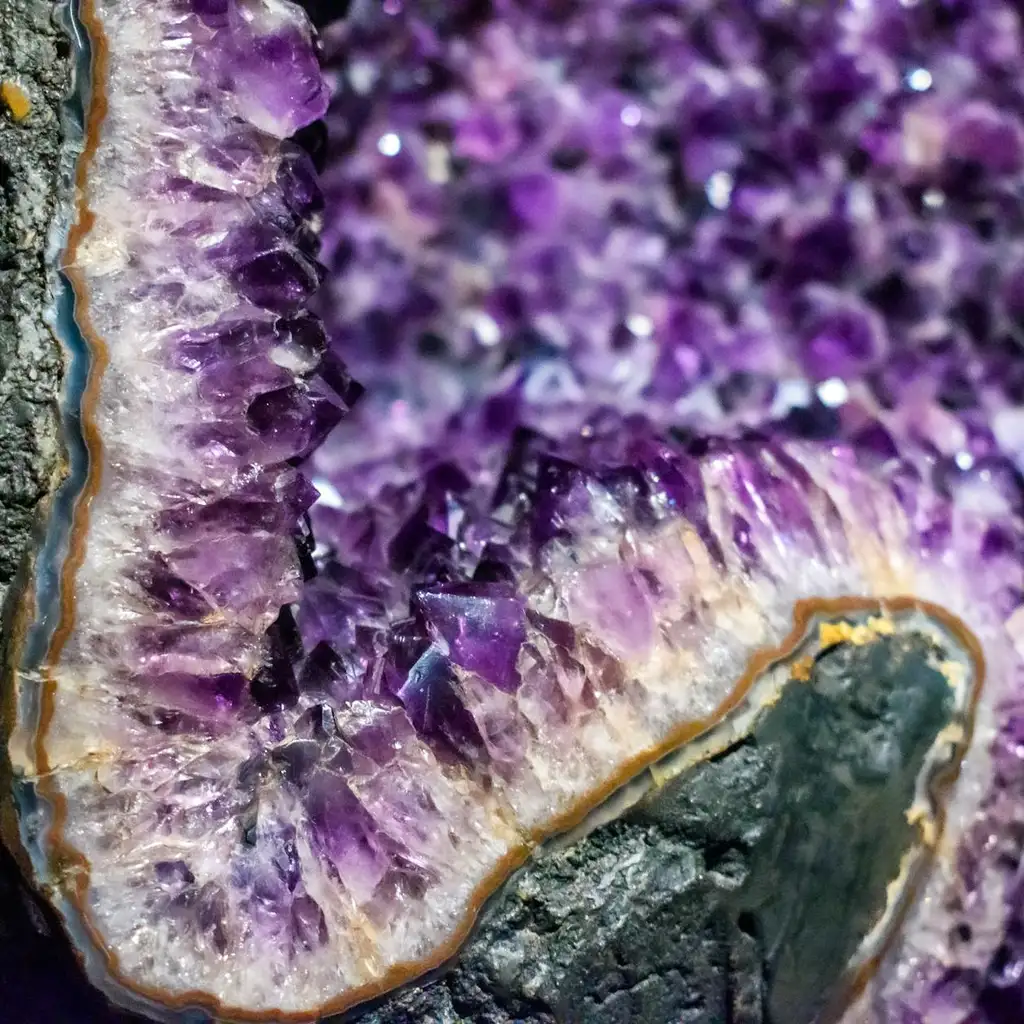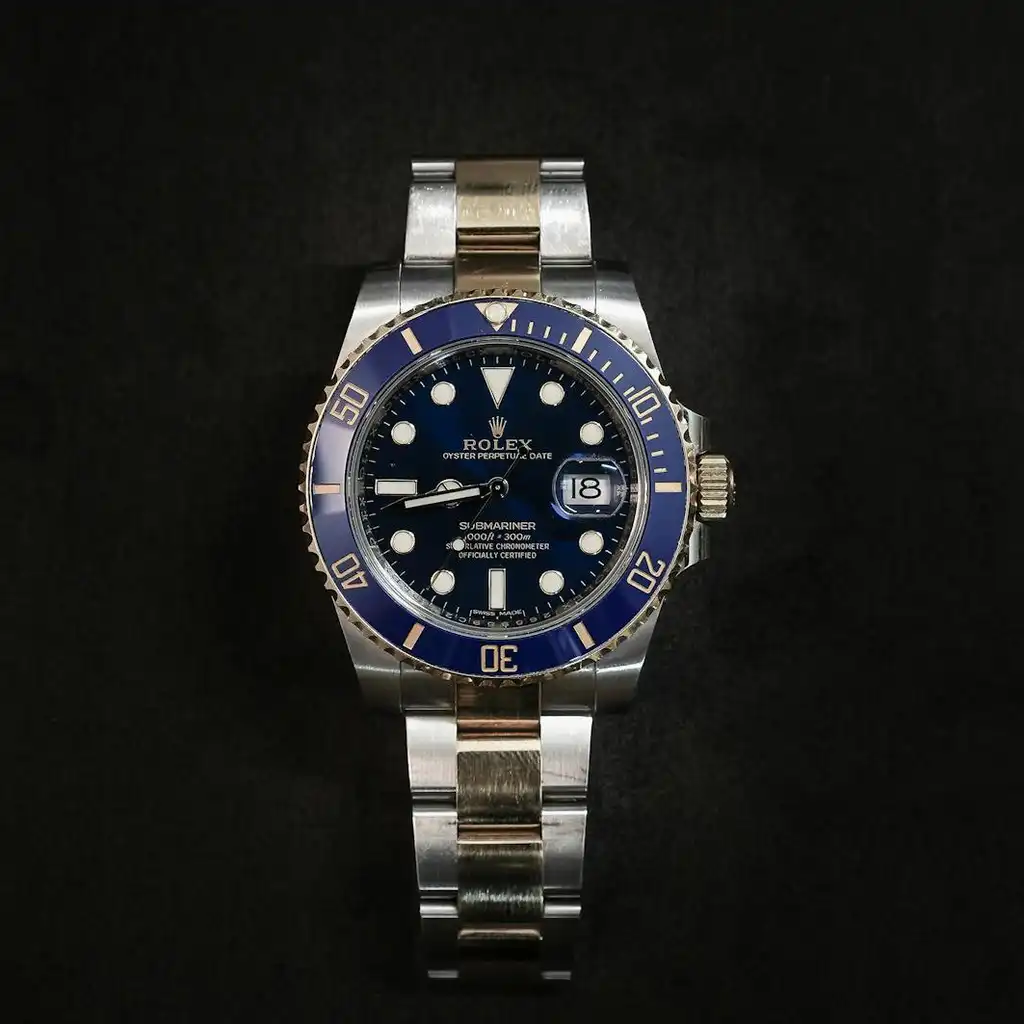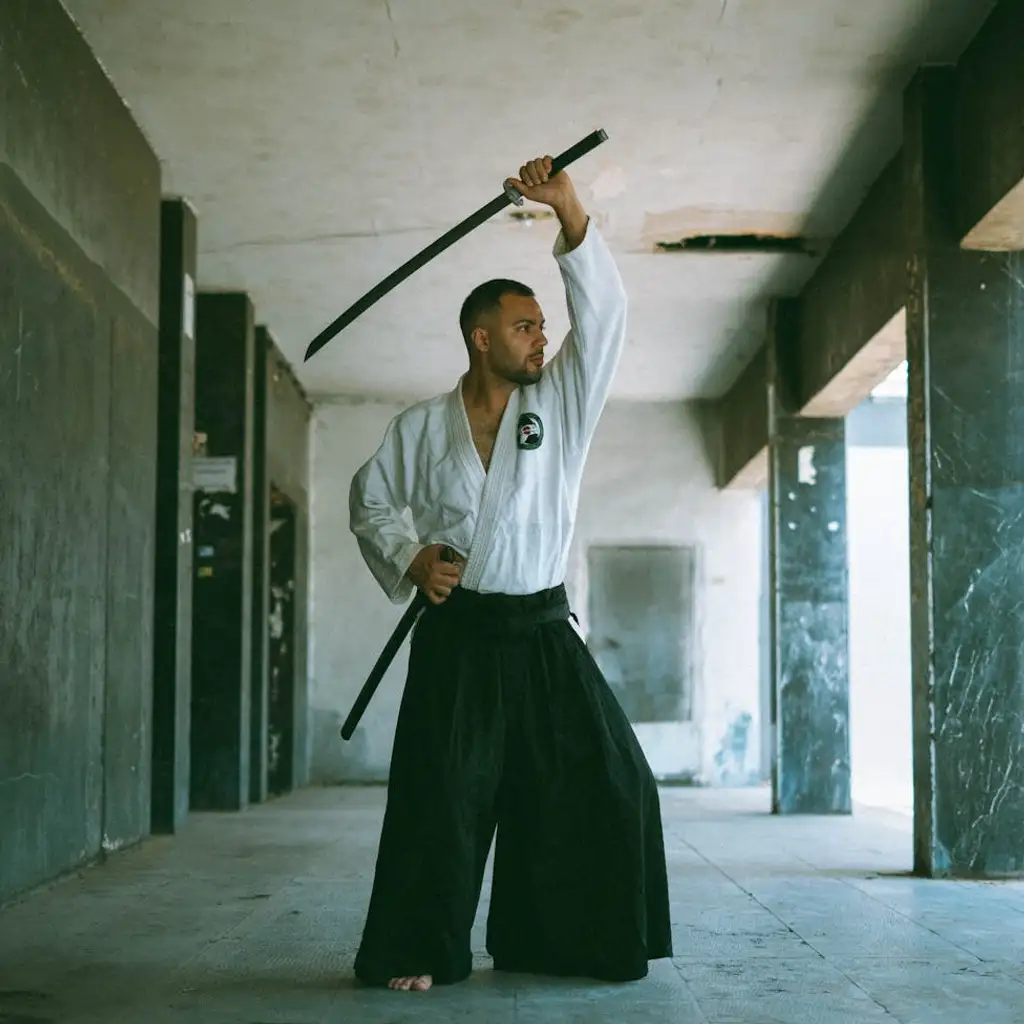The Evolution of Japanese Swords
Japanese sword history spans over a millennium, with the earliest examples dating to the Kofun period (300–538 AD). Early swords, called chokuto, were straight, single-edged blades influenced by Chinese and Korean designs. The transition to curved blades occurred during the Heian period (794–1185), giving rise to the tachi, a design optimized for mounted combat with its efficient, sweeping cuts.
The iconic katana emerged in the Kamakura period (1185–1333), shaped by the needs of changing warfare. Shorter and wielded single-handedly, the katana was suited to close-quarters combat, becoming the samurai’s weapon of choice. Legendary swordsmiths like Masamune and Muramasa, who flourished during this era, set the standard for craftsmanship, creating blades still venerated today.
The Art of Sword Making
The creation of a Japanese sword is an intricate, highly ritualized process requiring immense skill and precision. It begins with tamahagane, a type of high-quality steel derived from iron sand. This steel, smelted in a traditional tatara furnace, combines high and low carbon content, creating a strong yet flexible material. The smith then engages in a meticulous folding process, heating, hammering, and refolding the steel hundreds of times to create the distinctive grain pattern, or hada, which strengthens the blade and enhances its beauty.
After shaping the blade, the smith applies a clay mixture for differential hardening, known as yaki-ire. This step, where the blade is quenched in water, hardens the edge while keeping the spine more flexible, resulting in the blade’s characteristic curve and the unique hamon temper line.
Once forged, the blade undergoes extensive polishing to reveal its sharpness and beauty. This process, taking weeks, is followed by crafting the hilt, guard, and scabbard, each made by skilled artisans. The result is a sword that’s both functional and a work of art.
The Sword as a Cultural Symbol
More than a weapon, the Japanese sword embodies the spirit of the samurai. Known as “the soul of the samurai,” swords were often family heirlooms, passed down through generations. The katana, in particular, represents values such as loyalty, honor, and discipline, qualities central to the samurai’s way of life. The sword-making process itself was considered sacred, with rituals and prayers ensuring the blade’s purity.
During the samurai era, swords were worn as a pair—the katana and the wakizashi—collectively known as daisho. These swords weren’t only tools for battle but also symbols of a samurai’s status and honor, tightly intertwined with bushido, the samurai code of conduct.
Modern Era and the Samurai Legacy
The Meiji Restoration in 1868 brought an end to the samurai class and restricted public sword carrying. Despite this, the sword retained its cultural significance. Many former samurai dedicated themselves to martial arts like kendo and iaido, keeping the techniques and philosophy of swordsmanship alive.
Today, Japanese swords remain celebrated in Japan and globally. Skilled swordsmiths continue to use traditional methods, crafting highly valued pieces for collectors and martial artists alike. Recognizing the importance of this craft, the Japanese government has designated sword-making an important cultural property, honoring master swordsmiths as Living National Treasures.
Japanese Swords in Modern Culture
In popular culture, Japanese swords are depicted in movies, literature, and media as symbols of honor, skill, and often mystical power. Their influence transcends Japan, inspiring martial artists, historians, and collectors worldwide. These blades captivate the imagination, embodying the values and aesthetics that resonate across cultures.
Legacy and Lasting Significance
The Japanese sword stands as a testament to Japan’s artistry, tradition, and enduring spirit. Each blade is a story of dedication, embodying centuries of technological evolution and cultural depth. Though their use as weapons has waned, Japanese swords are still admired for their craftsmanship, cherished as historical artifacts, and studied as martial tools. They continue to inspire, representing Japan’s heritage and the values they once embodied.
Ultimately, the Japanese sword transcends its origins, symbolizing Japan’s cultural richness and meticulous artistry. From ancient battlefields to modern collections, these swords remind us of a history marked by honor, resilience, and the pursuit of perfection.


